
In 2024, on the way home from school, a traffic accident caused PHP, 16 years old, to fall and hit his head on the road. The boy was taken to the emergency room in critical condition: severe traumatic brain injury, deep coma and poor prognosis.
Neurosurgeons saved her life. She recovered completely with no neurological deficits, but she developed tracheal stenosis, a complication of the endotracheal tube. Doctors were forced to perform a tracheostomy to maintain her airway, meaning she was unable to speak properly.
Many times, the family hoped that P. had recovered enough to breathe and speak on his own. The family took him to many hospitals to try to remove the tracheostomy tube, but all failed. After a few days, P. had difficulty breathing again, phlegm accumulated, and a wheezing throat.
To maintain P.'s life, the doctors had to reopen the trachea. Three times the cannula was removed, all three times the trachea had to be reopened. When P. and his family thought they had lost hope, P. was referred by the frontline hospital to the Thoracic Surgery Department (B4), 108 Central Military Hospital.
After careful examination and meticulous assessment of the tracheal stenosis using CT scan, laryngoscopy, tracheoscopy, etc., the doctors determined that this was a stenotic scar lesion right below the subglottic region, a severe sequela of long-term intubation and 3 tracheostomy procedures.
Colonel, Doctor Ngo Vi Hai - Head of the Department of Thoracic Surgery, 108 Central Military Hospital said that doctors determined that this was a rather complicated injury with a narrow scar near the subglottis due to intubation and tracheostomy 3 times, causing the injury to be prolonged.
After carefully assessing the patient's injury and condition, the doctors decided to perform surgery to remove the stenotic scar and end-to-end tracheostomy to reconstruct the patient's airway. The surgery was relatively difficult and lasted more than 2 hours due to the high position of the stenotic scar and the 3 tracheostomy operations that caused a lot of inflammation and adhesions, especially in the trachea and esophagus, which became inflamed and adhered into a mass at the position of the stenotic scar and the wall behind the tracheostomy.
Before the surgery, P. impressed the entire department with his desire to regain his voice. P. is an active and determined boy. He patiently sat in the nebulizer, practiced coughing and waved to the nurses. He once wrote on a piece of paper and gave it to the doctors and nurses in the department : "I really want to talk, I want to call my parents. I will try!"
The scribbled, uneven words moved the doctors and nurses deeply. Everyone wished the best for the boy, a 16-year-old boy who had endured a life without a voice for nearly a year but never gave up.
After the surgery, P. was taken back to the ward. As soon as he woke up, he took a deep breath and a soft but clear voice called out: “Dad…” His father was moved to tears and the doctors and nurses present were also very happy to see the joy shining on his face despite his fatigue after the surgery.
In the following days, P. did not hide his excitement and talked continuously as if to make up for the days he could not speak. He repeatedly thanked the medical team and doctors of the Thoracic Surgery Department, who had revived his voice and given him a normal life like everyone else.
According to Dr. Ngo Vi Hai, tracheal stenosis is a serious complication of prolonged endotracheal intubation or tracheostomy. The main mechanism is due to the cuff of the endotracheal tube or prolonged inflation of the cannula causing ischemic damage to the tracheal wall.
Irreversible damage causes the trachea to become scarred inside and contracted outside, narrowing or even completely blocking the airway, which is very dangerous. Procedures such as dilation and cauterization of stenotic scars have a very high risk of re-stenosis and can also damage the trachea over a longer segment, making surgery difficult.
Tracheal stenosis resection and immediate tracheal anastomosis can be performed very safely with a success rate of 90-95%, so it is recommended to be applied as the initial stage for patients with tracheal stenosis who are candidates for surgery.
Source: https://nhandan.vn/tim-lai-tieng-noi-cho-cau-be-16-tuoi-sau-1-nam-bi-tai-nan-post898889.html



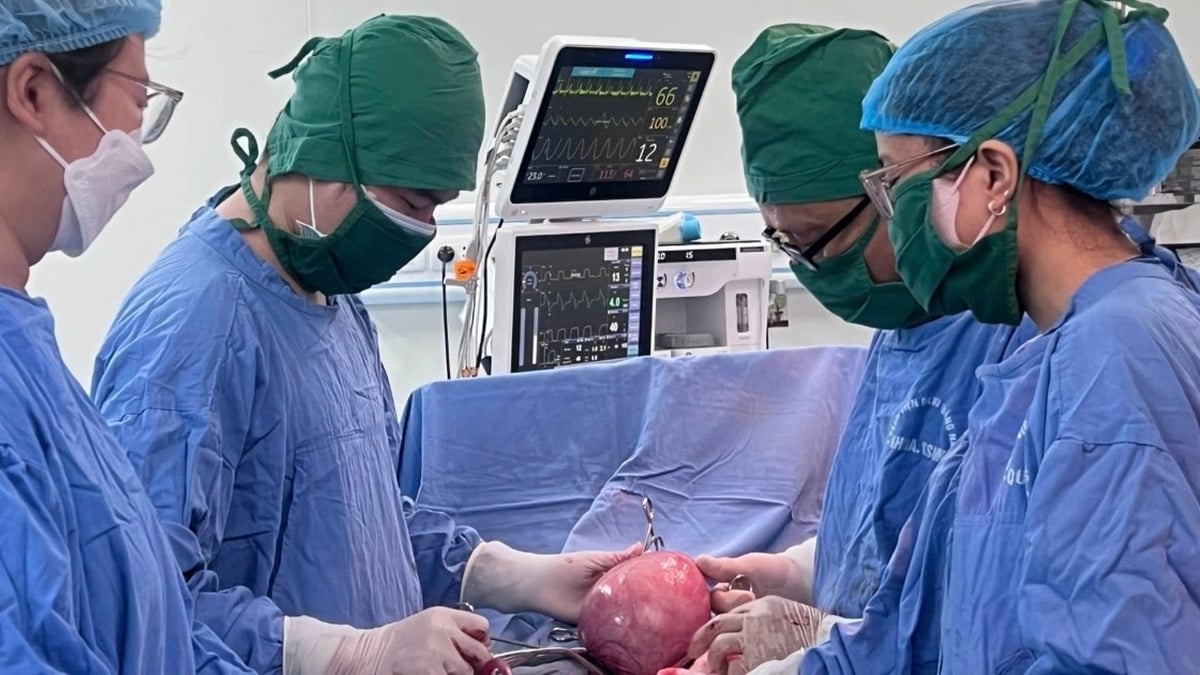



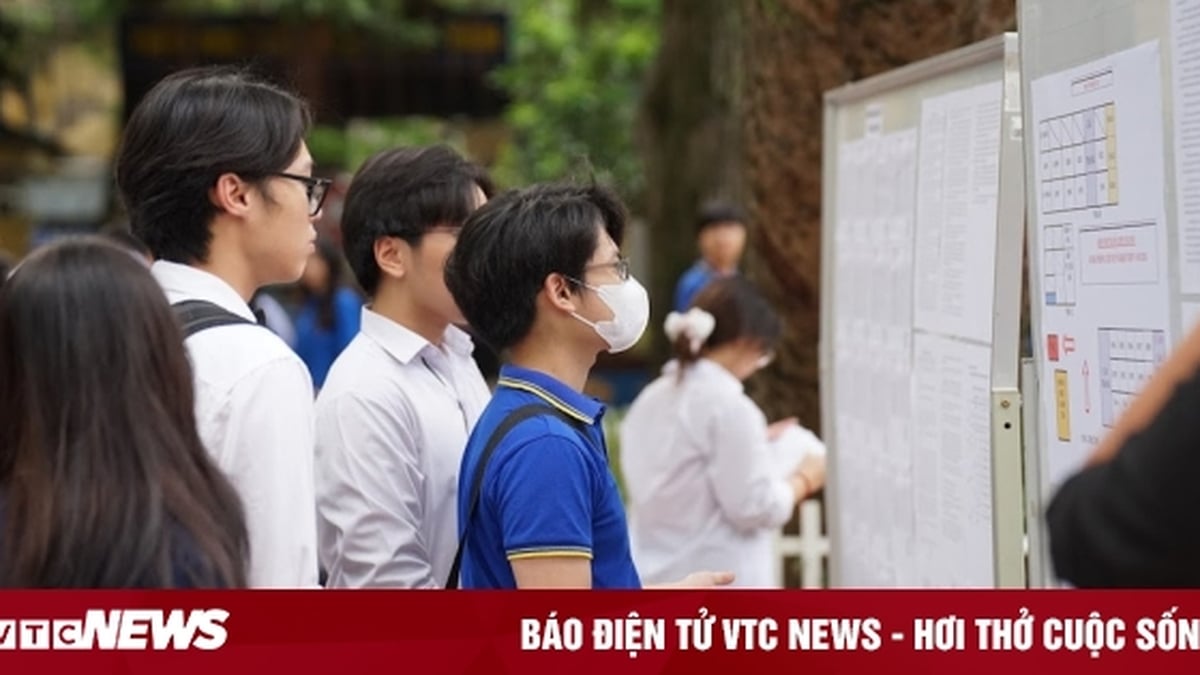
















![[Photo] Nghe An: Provincial Road 543D seriously eroded due to floods](https://vphoto.vietnam.vn/thumb/1200x675/vietnam/resource/IMAGE/2025/8/5/5759d3837c26428799f6d929fa274493)





































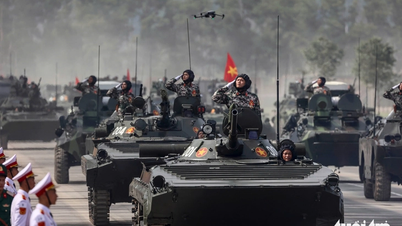


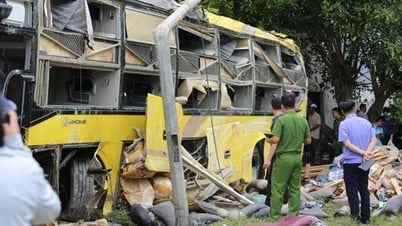



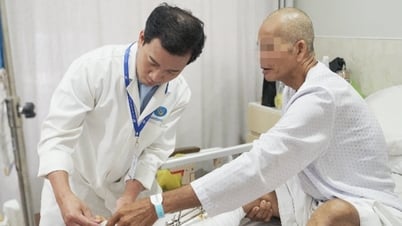






























Comment (0)